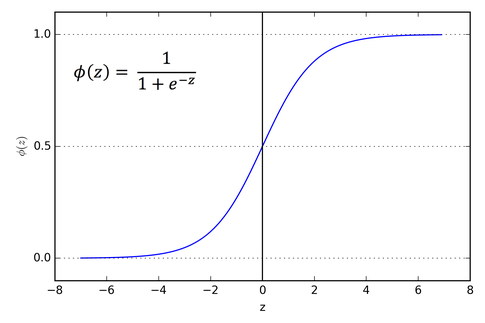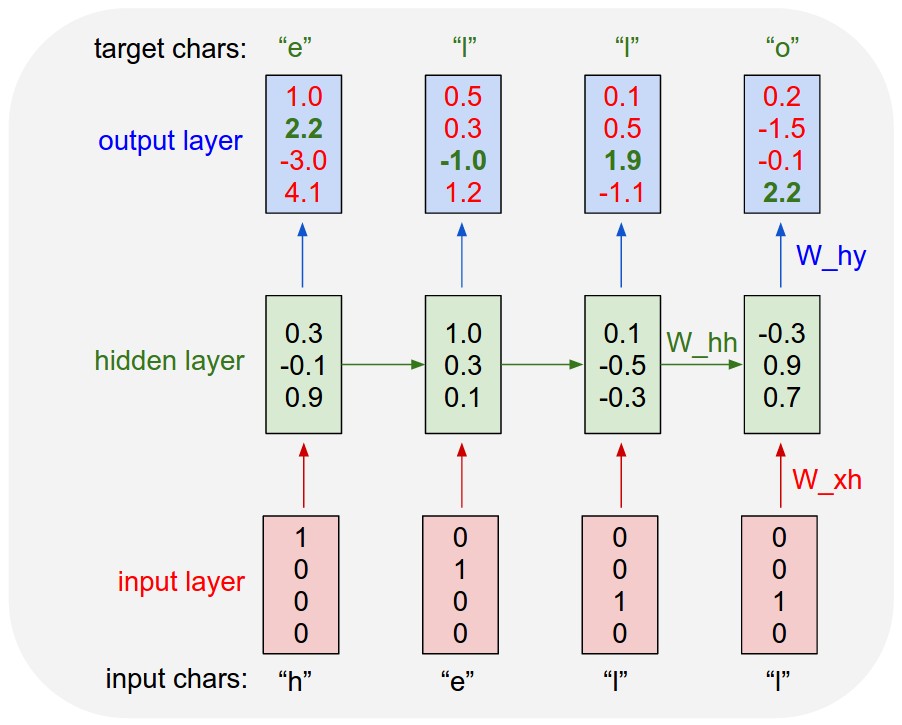Resources : http://bit.ly/SeqModelsResources
A gunshot.
"This is it", she thought
She took a deep breath and prayed.
9 seconds later...
she was World Sprint Champion.
Can't decide sentiment without considering all sentences.
Can't classify activity with just one frame of a video.
Can't generate/classify a second of music without considering the previous seconds.
Traditional neural networks can’t remember.
Recurrent Neural Networks can.
Conventional Neural Networks
def __init__(self, input_size, hidden_size, output_size):
self.in2out = nn.Linear(input_size, output_size)
self.softmax = nn.LogSoftmax(dim=1)
def forward(self, input):
output = self.in2out(input)
output = self.softmax(output)
return output, hiddenRecurrent Neural Networks
def __init__(self, input_size, hidden_size, output_size):
self.hid2hid = nn.Linear(hidden_size, hidden_size)
self.in2hid = nn.Linear(input_size,hidden_size)
self.tanh = nn.Tanh()
def forward(self, input, hidden):
hidden = self.tanh(self.in2hid(input) + self.hid2hid(hidden))
return hidden
Hidden state is representative of entire sequence
Types of Sequential Models
1 : One-to-One
Vanilla Neural Network
*Image Classification*
2 : One-to-Many
Sequence output
*Image Captioning*
3 : Many-to-One
Sequence output
*Sentiment Analysis*
4a : Many-to-Many
Sequence input and sequence output
*Encoder Decoder. Translation.*
4b : Many-to-Many
Synced sequence input and output
*Wakeword detection.*
Long and Short term dependencies
I grew up in Chennai... I speak X.
Where X is the word we are trying to predict.
I grew up in Chennai... I speak X.
speak --> X
- X must be a language.
- Close to X, hence short-term dependency
Chennai --> X
- X must be relevant to Chennai.
- Far from X, hence long-term dependency
- In theory, RNNs are capable of handling “long-term dependencies.”
- In practice, RNNs don’t seem to be able to learn them.
-
We need to decide what information to keep or remove at every timestep
-
We need gates
-
If the gate is a function...
-
Discard information, if gate value is 0
-
Allow information, if gate value is 1
-
pointwise multiplication operation
-
To decide if
Xshould be allowed through the gate.gate(X) = W*X + B
-
But gate value needs to be between 0 and 1..
-
Apply sigmoid function to gate value
gate(X) = sigmoid(W*X + B)
- Input
- Hidden State
- Cell State
- Decide what information to get rid of
- Input : Hidden state and input
1: Keep data0: Discard data completely
- For example :
- To determine gender of pronoun
- We need to remember the gender of last subject
- So, if we come across new subject, forget old gender
- Decide what new information to store in cell state
- Input : Hidden state and input
1: Input is important0: Input doesn't matter
- Layer has 2 parts
- Sigmoid layer (input gate layer) which decides which values we’ll update
- Tanh layer that creates a vector of new candidate values,
Ct
- For example :
- To determine gender of pronoun
- We need to remember the gender of last subject
- So, if we come across new subject, update new subject's gender
We know
- How much to update (
i_t) - How much to forgot (
f_t)
Next Step ?
Update the value
Determine output using hidden and cell state.
- Encoding characters
- 27 possible chars (A-Z + \n)
- Character -->
[27 x 1]vector
- Input
- Sequence of characters
- Input for each timestep -->
[27 x 1]char-vector
- Output
- Single character for each timestep
- Character that will follow the sequence of input chars
Colab Notebook : bit.ly/ColabCharLSTM
- Character-Level LSTM (Keras) to generate names
- Bonus : Using the LSTM to join names
- Brad + Angelina = Brangelina
- Char + Lizard = Charizard
- Britain + Exit = Brexit
📋 Slides Content as Markdown ➕ Follow me on Github 👨💼 Connect on LinkedIn








